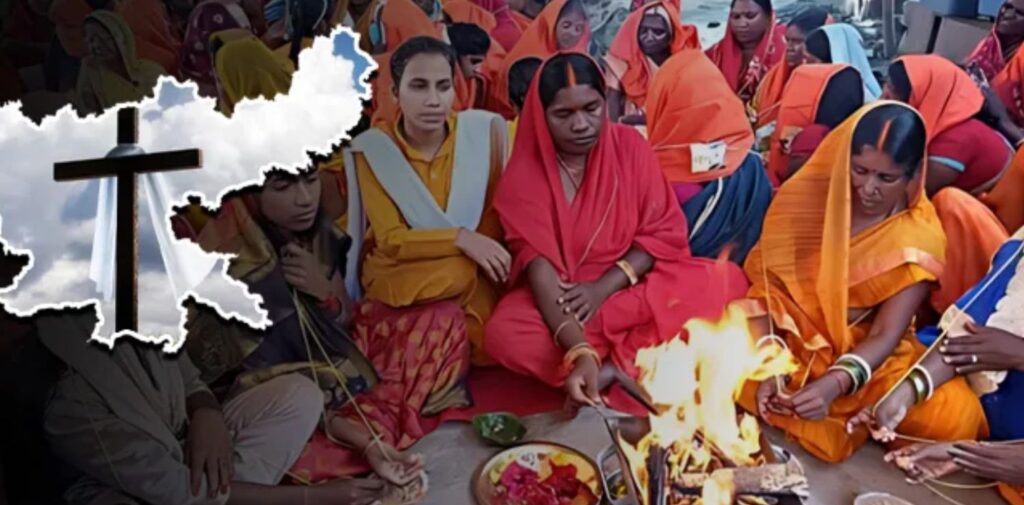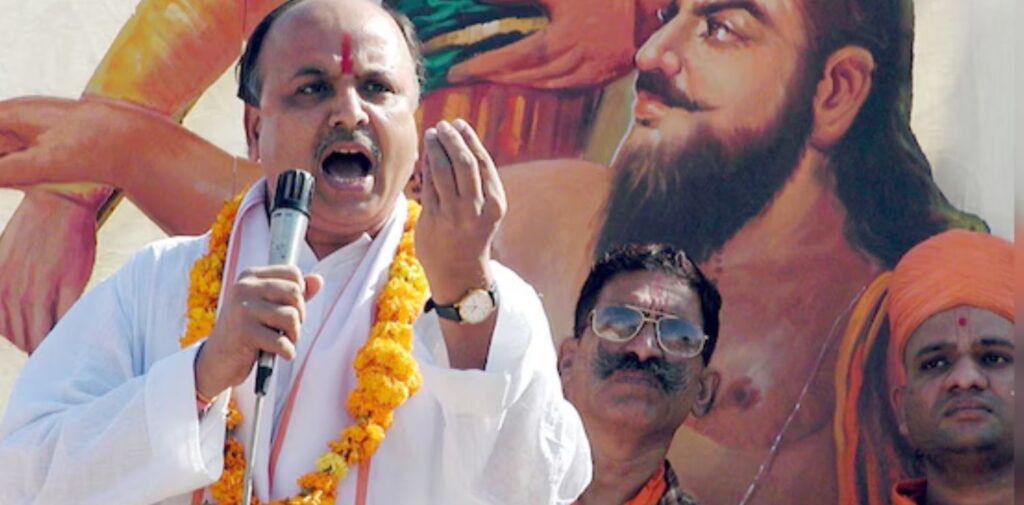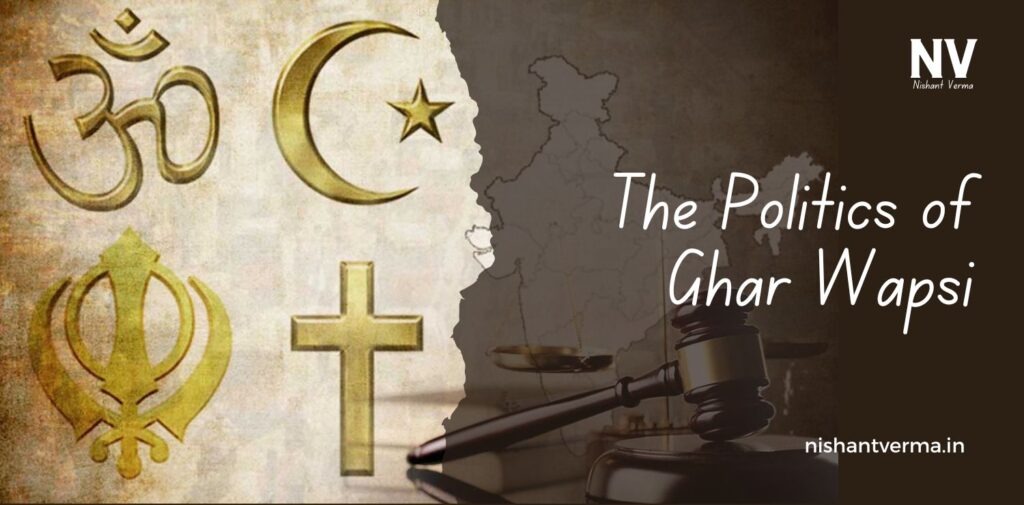In recent years, the term “Ghar Wapsi” has been widely discussed in India, sparking debates on issues of religion, culture, and identity. While some view it as a movement for religious conversion, others see it as a form of cultural assimilation. To understand the complexities surrounding this issue, it’s important to explore both perspectives and analyze the political and social implications of Ghar Wapsi. In this article, we will break down what Ghar Wapsi is, why it has become a hot topic, and the different views on whether it is about religious conversion or cultural assimilation.
What is Ghar Wapsi?
The term “Ghar Wapsi” literally means “homecoming” in Hindi. It is used in the context of people who have converted from Hinduism to other religions, particularly Islam and Christianity, being encouraged or facilitated to return to their “original” faith of Hinduism. This is mostly seen in the context of those who converted generations ag o, but it can also apply to recent conversions.
The Ghar Wapsi movement is generally led by certain Hindu nationalist organizations, such as the Rashtriya Swayamsevak Sangh (RSS) and Vishwa Hindu Parishad (VHP). They believe that all people of Indian origin should ideally follow Hinduism as their “original” faith. The idea behind Ghar Wapsi is rooted in the belief that people who have converted to other religions, particularly Islam or Christianity, should “return” to Hinduism in order to reconnect with their cultural and religious roots.
Ghar Wapsi events are often organized in specific communities where a large number of people from minority religions (particularly Muslims or Christians) are encouraged to reconvert to Hinduism through rituals, prayers, and other cultural practices.

The Religious Conversion Argument
One way to look at Ghar Wapsi is through the lens of religious conversion. From this perspective, Ghar Wapsi is seen as an attempt to “bring people back” to Hinduism by influencing those who have embraced other religions. Proponents of this view argue that Ghar Wapsi is an act of spiritual reclamation for individuals who were once Hindus but were swayed by the influences of Islam or Christianity, often due to historical or social circumstances.
Historical Context of Conversion
To understand the religious aspect, it’s important to look at the history of conversions in India. During colonial times, many people from lower castes or marginalized communities converted to Christianity, sometimes because of social or economic reasons, or because they were promised better living conditions. Similarly, conversions to Islam also took place due to a variety of reasons, including social mobility, political influence, and personal beliefs.
In the eyes of many Hindu nationalists, these conversions are seen as a departure from the “natural” religious and cultural order of India. They believe that Hinduism is the “original” and “true” religion for people of Indian origin. Therefore, the idea of Ghar Wapsi as a religious movement can be seen as a way to reverse the influence of other religions and “restore” people to Hinduism.
Cultural Assimilation or Religious Politics?
While the religious aspect of Ghar Wapsi is central, some argue that the movement is also about cultural assimilation rather than just religious conversion. In this view, Ghar Wapsi is not just about asking people to convert back to Hinduism, but about encouraging them to embrace the cultural and social norms associated with Hinduism.
Hindu nationalist organizations often claim that Ghar Wapsi is about “reuniting” people with their cultural heritage. They argue that many communities who converted to Islam or Christianity have lost their original cultural identity and practices. The goal, from this point of view, is to bring people back into the fold of Hindu cultural practices, language, customs, and traditions, rather than simply focusing on religious belief.
This perspective suggests that Ghar Wapsi is about more than just a shift in religious affiliation—it is also about embracing a “Hindu way of life,” which includes aspects such as festivals, food, dress, and community rituals. In this sense, it could be seen as a cultural assimilation program that seeks to integrate different groups into the larger Hindu cultural fold, even if their religious practices are not entirely the same.

The Role of Politics in Ghar Wapsi
It is impossible to discuss Ghar Wapsi without addressing the political context in which it occurs. Over the past decade, there has been a rise in Hindu nationalism, which has played a significant role in promoting the Ghar Wapsi movement. The ruling Bharatiya Janata Party (BJP), which is aligned with Hindu nationalist ideologies, has been accused of encouraging such initiatives, even if they claim to support religious freedom.
For political parties and leaders who support Ghar Wapsi, the movement is seen as a way to strengthen the Hindu community and foster a sense of national identity based on Hindu values. The idea is that India, as a nation with a Hindu majority, should prioritize the cultural and religious practices of the majority community. This can sometimes lead to tensions between different religious communities and accusations of discrimination or intolerance.
The politics of Ghar Wapsi also involves questions about secularism, freedom of religion, and minority rights. Critics of the movement argue that it is an attempt to impose Hinduism on others and erode the religious diversity that has been a defining feature of India for centuries. These critics believe that Ghar Wapsi is not just about reconversion, but about excluding religious minorities and creating divisions in society.
Impact on Religious Minorities
One of the most controversial aspects of Ghar Wapsi is its impact on religious minorities in India. While some people willingly participate in Ghar Wapsi, others may feel coerced or pressured into reconverting. For some, the movement is a means of reconnecting with their cultural roots, but for others, it can feel like an attack on their personal beliefs and identity.
In many cases, the Ghar Wapsi campaign is accompanied by rhetoric that stigmatizes people of other religions, especially Muslims and Christians. Critics argue that the movement fosters a climate of intolerance and religious disharmony, undermining the secular nature of the Indian state. Some individuals who have embraced different faiths may feel alienated, as the movement suggests that their choices are invalid or unnatural.
Moreover, Ghar Wapsi events sometimes involve a public display of conversion rituals, which can be seen as a way to publicly assert the dominance of Hinduism. This can create divisions between communities and lead to tensions, particularly when these events are seen as being politically motivated.

A Divisive Issue: The Politics of Ghar Wapsi
In conclusion, the debate over Ghar Wapsi revolves around two main perspectives. On one hand, it is seen by some as a religious movement aimed at converting people back to Hinduism, which they view as the “original” religion of India. On the other hand, it can also be understood as a form of cultural assimilation, where the goal is to integrate people into a larger Hindu cultural identity, irrespective of their religious beliefs.
The politics surrounding Ghar Wapsi adds another layer of complexity. While it may be presented as a way to strengthen Hindu identity, it also raises concerns about religious freedom, minority rights, and the secular nature of India. The movement continues to spark strong reactions, both in support and opposition, and it remains a deeply divisive issue in Indian politics and society.
As you reflect on the complexities of Ghar Wapsi, we would love to hear your opinion. Do you think Ghar Wapsi is primarily about religious conversion or cultural assimilation? How do you view the political and social implications of this movement? Feel free to share your thoughts and contribute to the ongoing conversation.




